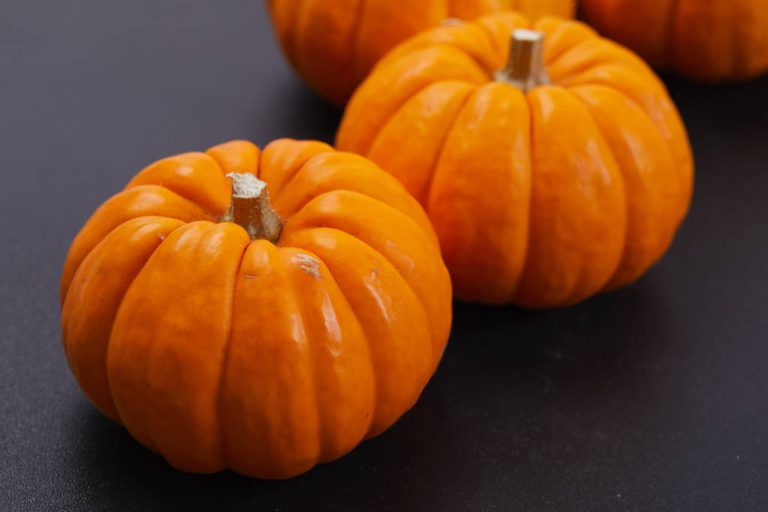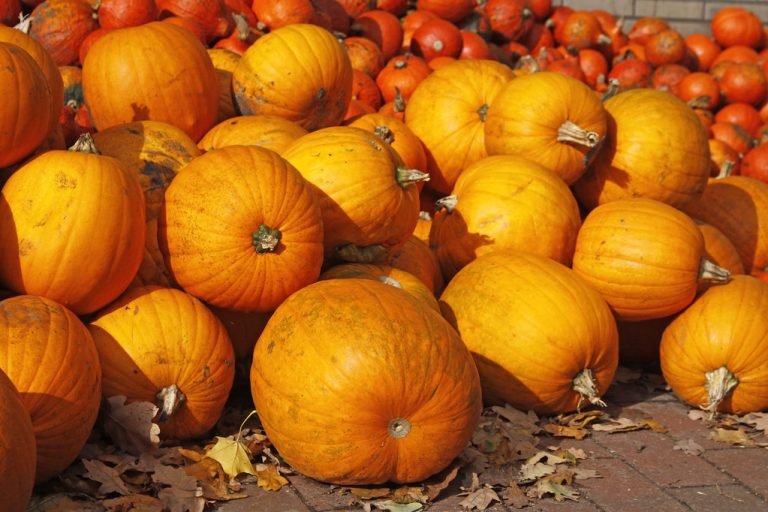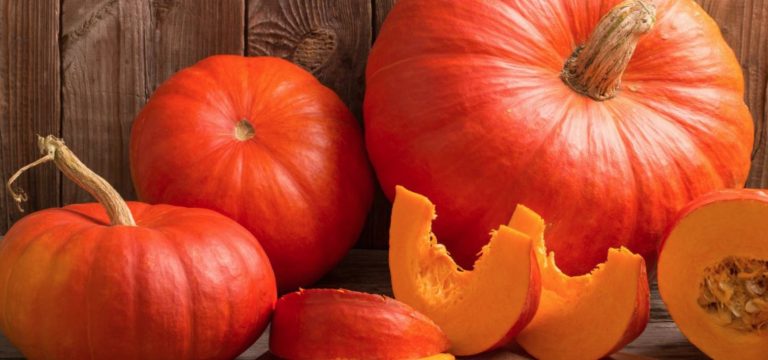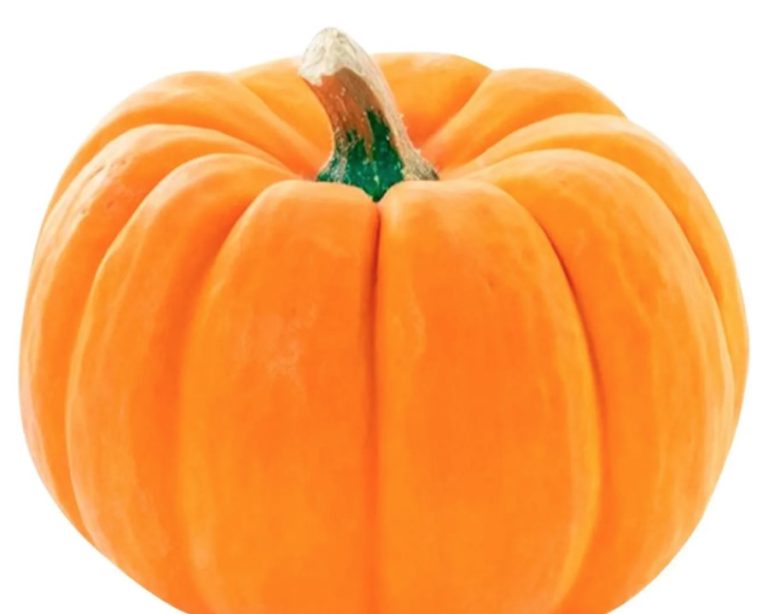The best unusual pumpkin recipes: Try pumpkin pralines, pumpkin ketchup, or pumpkin pancakes!
It’s finally pumpkin time again! The orange-colored fruit shines at us from everywhere. But why only ever prepare pumpkin soup or other hearty pumpkin dishes? We have put together original sweet recipes with pumpkins for you.
1. Pumpkin Pancakes
The fluffy pancakes get a slightly nutty note from the butternut pumpkin shavings in the batter. Pumpkin seeds and roasted pumpkin shavings provide a crispy topping. Perfect with: maple syrup or our pumpkin jam.
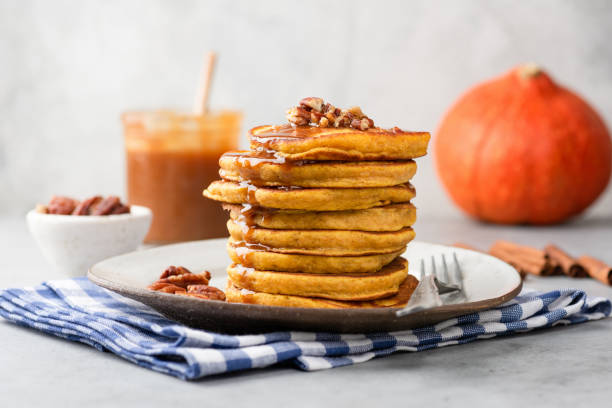
2. Pumpkin Pistachio Tiramisu
Who says tiramisu always has to be biscuits and cocoa powder? Spicy nutmeg squash, chopped pistachios, and creamy mascarpone form a heavenly alliance in this dessert – try it!
3. Sweet quark cake with pumpkin and rosemary
Nutty pumpkin on a creamy bed of quark – heavenly! The rosemary completes the taste experience. The great thing about this juicy cake: It is not too sweet and is therefore suitable for all kinds of occasions.
4. Vegan Pumpkin Cinnamon Rolls
ingredients
…for the yeast dough
- 160 g cooked, pureed pumpkin
- 450 grams of flour
- 1 tablespoon of sugar
- 1 packet of dry yeast
- 1 tsp salt
- 1 pinch nutmeg
- 80 g margarine, melted
- 200 ml soy milk
…for the filling
- 50 g margarine, melted
- 30 grams of brown sugar
- 30 grams of white sugar
- 3 tsp cinnamon
…for the icing (if you like)
- powdered sugar
- soy milk
That is how it goes
- First, prepare the yeast dough. To do this, mix all the dry ingredients together before adding the pumpkin, soy milk, and margarine. Knead everything into an elastic dough and leave covered in a warm place for 1 hour.
- Roll out the dough on a floured work surface into a rectangle. Melt butter, and mix sugar and cinnamon. Spread the butter over the dough and spread the cinnamon-sugar mixture evenly over it. Now the dough is rolled up and cut into slices about 2-3 cm thick. Place the snails on a baking sheet, cover with a cloth and let rise again for about 30 minutes.
- Bake at 175 °C (circulating air) for about 15-20 minutes.
- Let the snails cool down a bit. If you like, you can also prepare a frosting from powdered sugar and soy milk, which is decoratively distributed on the snails.
5. Pumpkin Chocolate Pralines

Pumpkin purée and chocolate drops are hidden under the sweet chocolate glaze – heavenly! The pumpkin pralines are also great as a souvenir.
Ingredients
- 75 g cooked pumpkin (e.g. Hokkaido)
- 55 grams of butter
- 60 grams of brown sugar
- 60 g powdered sugar
- 1 pinch of vanilla extract
- 1 pinch of salt
- 120 grams of flour
- 1 pinch of ground cloves
- 1 pinch of cinnamon
- 1 pinch nutmeg
- 75 g chocolate chips
- 300 g couverture (whole milk or dark chocolate, depending on your taste)
- sprinkles
That is how it goes
- In a large mixing bowl, whisk together the pumpkin flesh, butter, and sugar.
- Add flour, vanilla, and spices. Continue beating until the mixture is homogeneous. Sprinkle chocolate drops.
- Place the dough in the freezer for an hour until it starts to set.
- With the help of 2 teaspoons, form small balls, which you place individually on a plate lined with baking paper. Put the balls in the freezer for 2 hours, preferably overnight.
- Melt the couverture in a water bath. Dip the chocolates in with a toothpick, sprinkle with sprinkles and place in the fridge until the couverture has hardened. The chocolates will keep in an airtight container for about a week.

